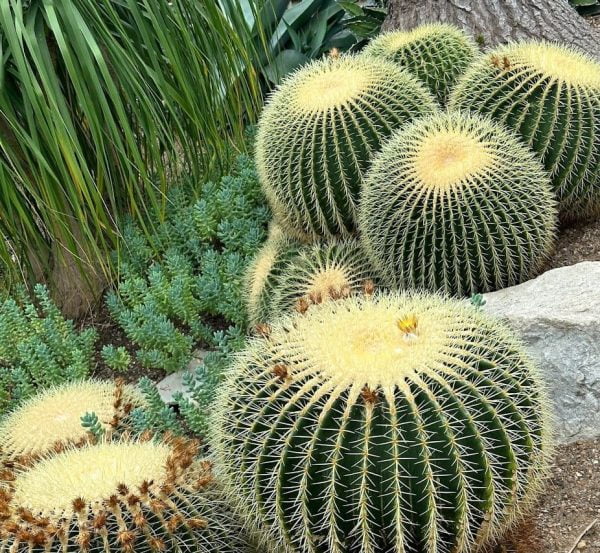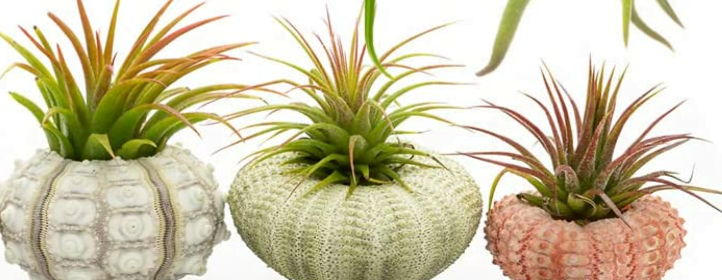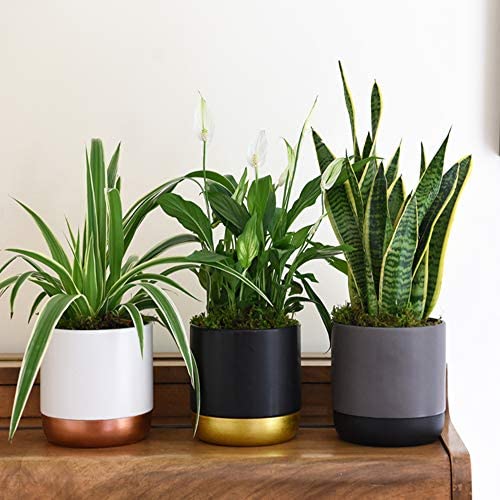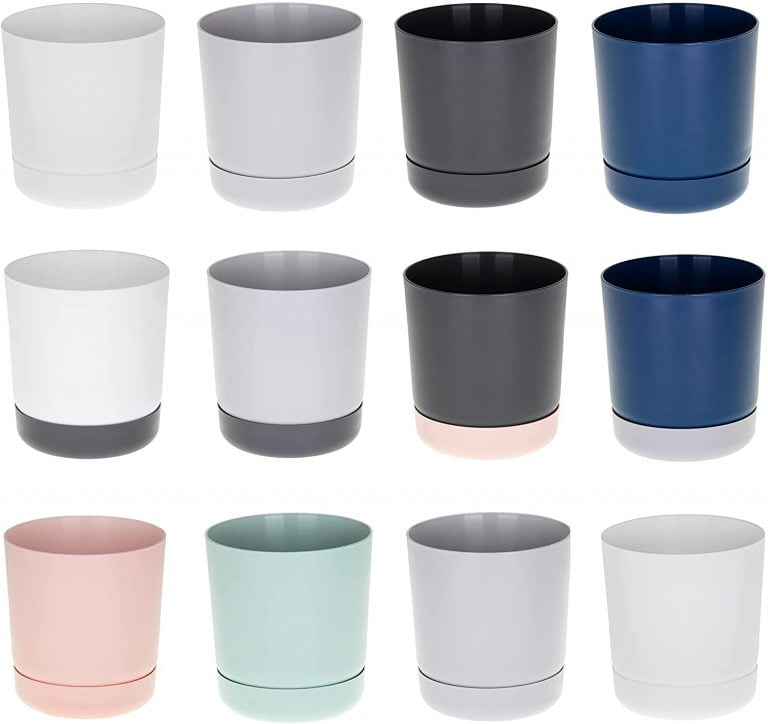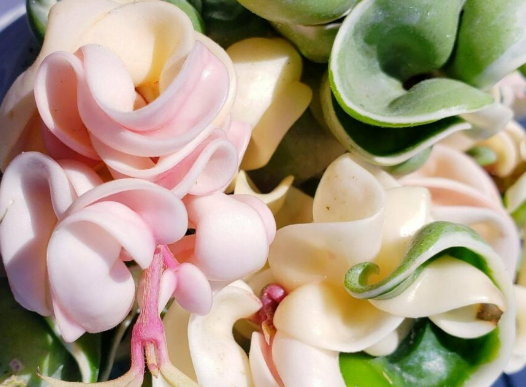How to Grow Cactus on a Budget
A cactus is a type of plant that is native to hot and arid regions such as deserts. It is known for its ability to store water in its thick, fleshy stems and leaves, as a way to survive in these harsh environments.
Cacti have a unique appearance, with their thick, spiky stems, which are actually modified leaves, and their lack of traditional leaves. These spines serve as a defense mechanism, protecting the cactus from animals that may try to consume it.
Cacti come in a variety of shapes and sizes, ranging from small and round to tall and columnar. Some cacti produce colorful flowers, while others may bear fruit. These flowers and fruits are often adapted to attract specific pollinators, such as bats or birds.


Cacti are well adapted to surviving in dry climates, as they have the ability to close their pores during the day to reduce water loss through evaporation. They also have shallow root systems that help them quickly absorb water when it becomes available.
Cacti have been used for various purposes by humans throughout history. Some species have been used for food, such as the prickly pear cactus, which produces edible fruit. Others have been used for medicinal purposes, as they contain compounds that have been found to have anti-inflammatory and antibacterial properties. Cacti are also popular as ornamental plants, and many people grow them as houseplants or in gardens for their unique and interesting appearance.
One of the practical ways to own a versatile plant is to grow cactus indoor from a seed or propagation. They don’t need a lot of attention and they are cheaper to grow. Here are the steps to grow cactus from seed.
Obtain cactus seeds: You can buy cactus seeds online or collect them from mature cactus plants by allowing the fruit to ripen and dry out.
Prepare the soil: Cacti prefer well-draining soil, so use a mixture of potting soil and sand or perlite. Fill small pots or seed trays with this mixture.


Sow the seeds: Spread the cactus seeds evenly over the soil surface. Don’t bury them too deep; just press them lightly into the soil.


Provide water: Gently water the soil until it is evenly moist but not soaked. Avoid overwatering, as cacti are susceptible to rot.
Create a mini greenhouse: Cover the pots or seed trays with a clear plastic wrap or place them in a clear plastic bag to create a humid environment. This helps retain moisture and heat.
Provide light: Place the pots or trays in a location with bright, indirect sunlight. A south-facing window is ideal. If needed, use a grow light to provide sufficient light.
Maintain optimal temperature: Cactus seeds generally require warm temperatures to germinate. Aim for a temperature between 70-85°F (21-29°C). Use a heat mat to provide consistent warmth if necessary.
Keep the soil moist: Check the soil regularly and mist it lightly if it starts to dry out. Avoid letting the soil dry completely, as it hinders seed germination.
Wait for germination: Cactus seeds can take anywhere from a few weeks to several months to germinate. Be patient and maintain the proper conditions consistently.Transplant seedlings: Once seedlings have sprouted and developed a few sets of true leaves, gently transplant them into individual pots with well-draining soil. Handle them carefully, as they may be fragile.


Care for the seedlings: Provide adequate sunlight, water sparingly (allow the soil to dry between waterings), and protect the seedlings from extreme temperature fluctuations.
Gradually acclimate to sunlight: After a few months, slowly expose the cactus seedlings to increasing amounts of direct sunlight, as they require full sun to thrive.
Monitor growth: Continue to care for the cactus seedlings by providing proper watering and ideal growing conditions. Be patient, as it can take several years for cacti to reach maturity.
Remember to research specific care requirements for the type of cactus seeds you are planting, as different species may have slightly different needs.

